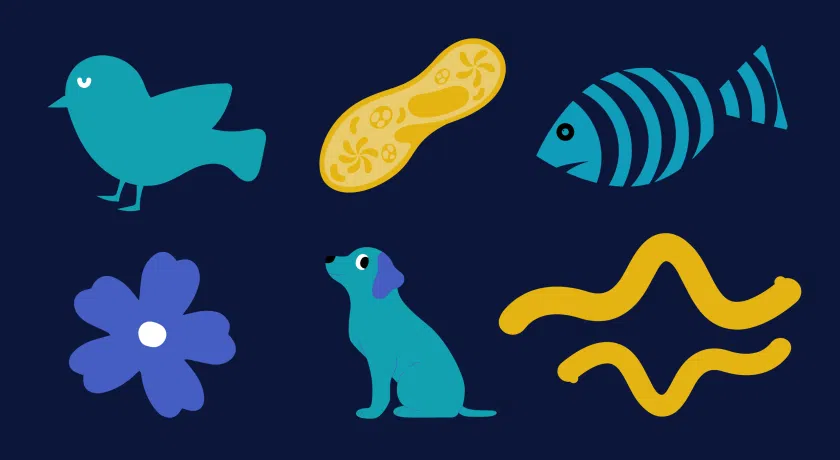
Writing a grant proposal for a single-cell sequencing project can be challenging, especially if you are getting familiar with the technique. Here, we explain some aspects that you need to consider when writing your grant proposal.
Decide on your project design
Before you start writing your grant proposal, you need to decide on your project design. Make sure you have an estimate of the number of samples, cells, and reads that you need.
Also, you need to decide which single-cell platform you are going to use. This is based on the above parameters and your biological question. You can read more on which platform suits your project in our blog “Which single-cell RNA sequencing technology should I use?”.
This is important to decide because it influences the cost of single-cell sequencing. Therefore, the design of your project determines the next step: your budget.
Decide on your budget
Now that your experiment’s set-up has been defined, it is important to determine the costs so you can include those in your grant proposal.
You can use the information in our slide deck that contains pricing information or request a quotation specifically for your project.
Since single-cell sequencing is expensive, your project may be more expensive than you aimed for. You might need to make adjustments to your initial design to match your budget.
Use the correct sources
When writing your grant, there are many sources that you can use to substantiate the use of single-cell sequencing. If you are planning to use SORT-seq, use the original paper by our CEO Mauro Muraro. You can also browse through the publications using SORT-seq on our website.
If you want to go for 10x Genomics, use the many resources on their website, or browse through their publications
Use pilot project data
We often recommend starting with a small single-cell sequencing project and proceeding based on the results. We call this a pilot project.
Pilot projects are excellent for both technical and biological validation. For technical validation, you can use the data to validate your single-cell dilution protocol or if you have chosen the right sequencing depth, for example.
If you use a pilot project for biological validation to check if the project is worth pursuing, you can choose to use the data in your grant application. These first results will support your biological question and grant proposal.
Need help? You can contact us to discuss your single-cell sequencing grant proposal.
Or book a meeting with one of our specialists to discuss your project.


